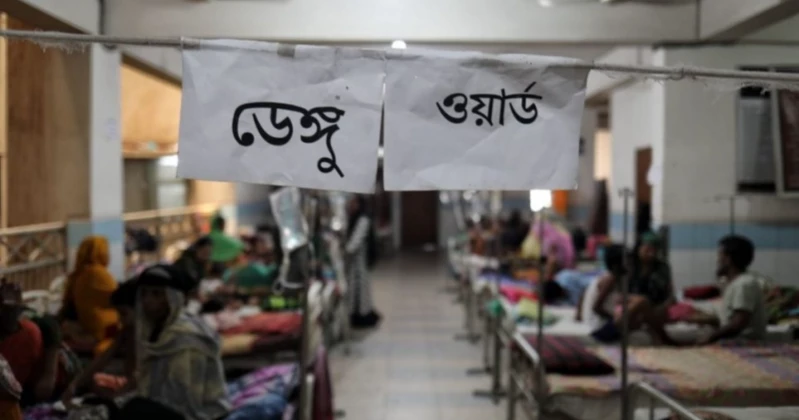IEA TRIMS U.S. RENEWABLES OUTLOOK AS FEDERAL POLICIES SHIFT; GLOBAL SOLAR STILL SURGES

Forecast changes, bottlenecks, and where growth moves next
The International Energy Agency (IEA) cut its outlook for U.S. renewable-capacity additions through 2030, citing federal policy changes, reduced tax-credit support, and permitting uncertainty that together soften the medium-term pipeline. The adjustment, while notable for the world’s second-largest power market, does not overturn the broader trend: global additions—led by utility-scale and rooftop solar—remain set to double capacity over the decade. In the U.S., the IEA flags a steeper reliance on state-level programs, corporate power-purchase agreements, and local grid upgrades to keep momentum. Developers face three persistent hurdles. First, interconnection queues have lengthened, with multi-year waits for transmission studies delaying otherwise shovel-ready projects. Second, financing costs remain elevated; higher interest rates disproportionately hit capital-intensive solar and onshore wind farms, squeezing margins even when module prices fall. Third, permitting and siting disputes—particularly for transmission corridors and offshore wind—inject timing risk that pushes final investment decisions into later years. The agency’s revision also reflects import restrictions and domestic-content rules that rewire supply chains. For some manufacturers, that promises a more resilient U.S. footprint; for others, it raises near-term costs and complicates inventory planning. The net effect is a bumpier path for U.S. deployments even as technology learning curves keep module and inverter costs on a gentle downward glide.
Grid realities, price impacts, and signals for industry and consumers
Globally, the IEA keeps a bullish baseline: China continues to dominate new installations and is on pace to hit multi-year targets early; India and parts of Europe extend steady growth through utility-scale parks, distributed rooftops, and storage hybrids. That global buoyancy matters for equipment pricing: healthy factory utilization prevents the kind of whiplash spikes that slowed projects in past cycles, while manufacturers diversify into higher-efficiency cells and power electronics that wring more energy from the same footprint. In the U.S., the revised trajectory means retail bills will hinge less on headline renewable percentages and more on local grid constraints and gas benchmarks. Where transmission is constrained, curtailment and congestion charges can mute the benefits of cheap midday solar; where gas sets the marginal price, seasonal swings still ripple through bills. For policy makers, the signal is practical rather than ideological: permitting reform at the state and regional-transmission-




















